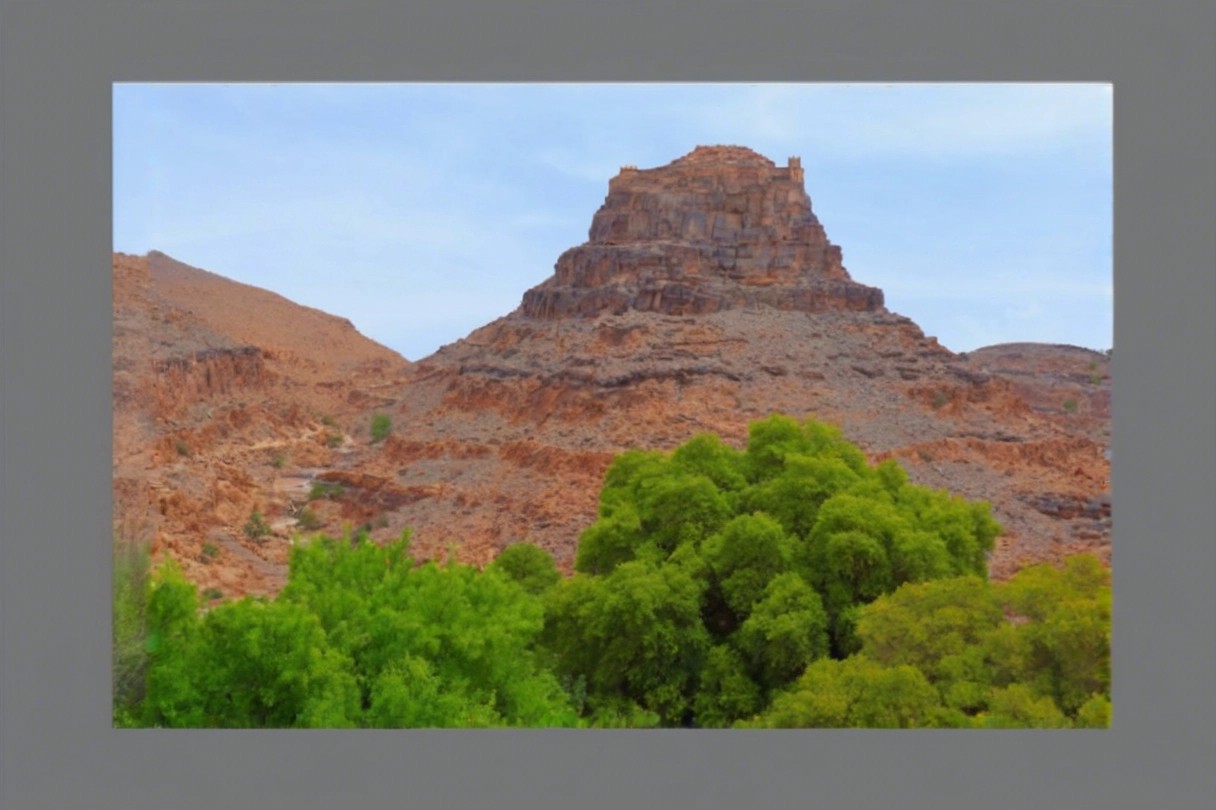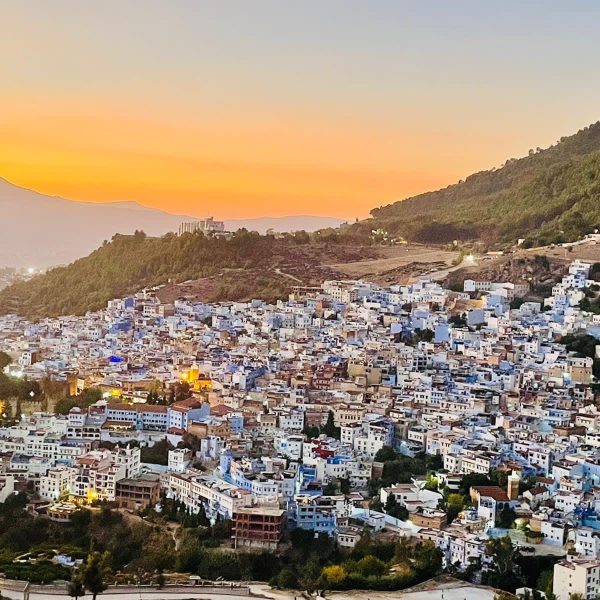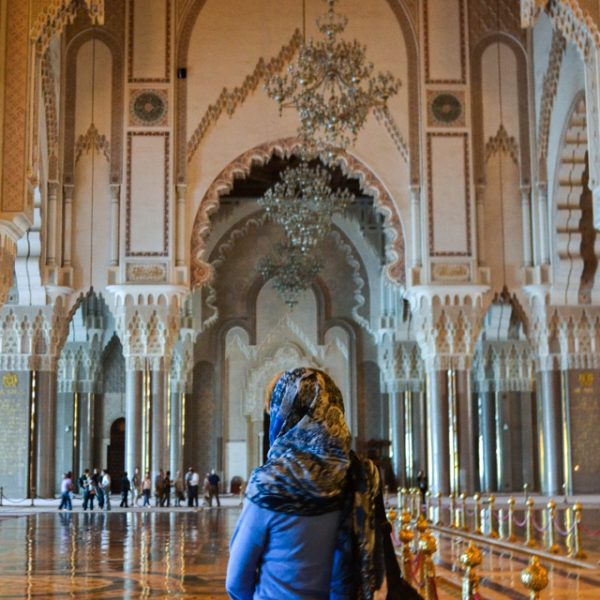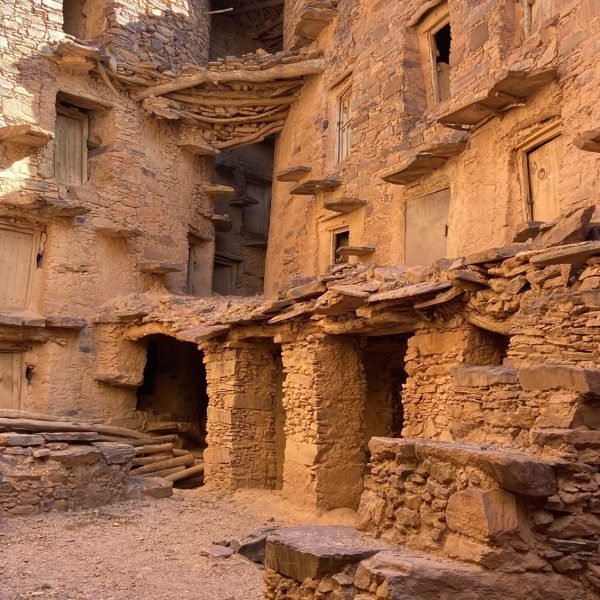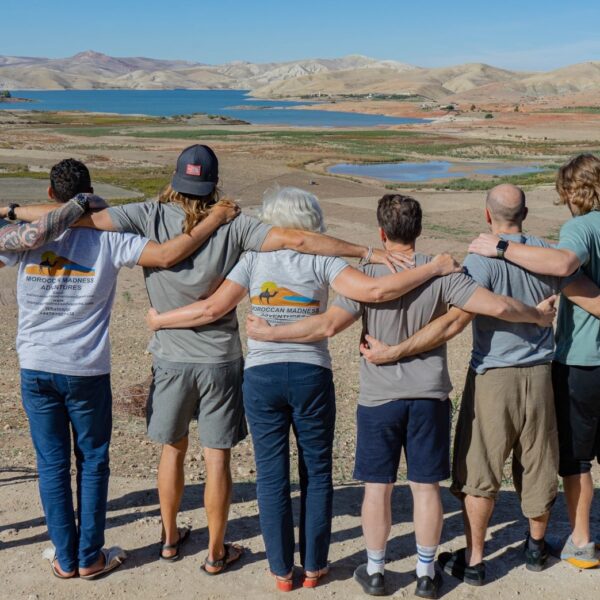Explore Morocco
People Don’t Take Trips, Trips Take People
5
Tours
Sort by
- Title
- Price
- Rating
- Availability date
Last Minute
Women only Morocco tour 13 days
$1600.00
Ibn Battuta Journey North to South
$2500.00
contents


